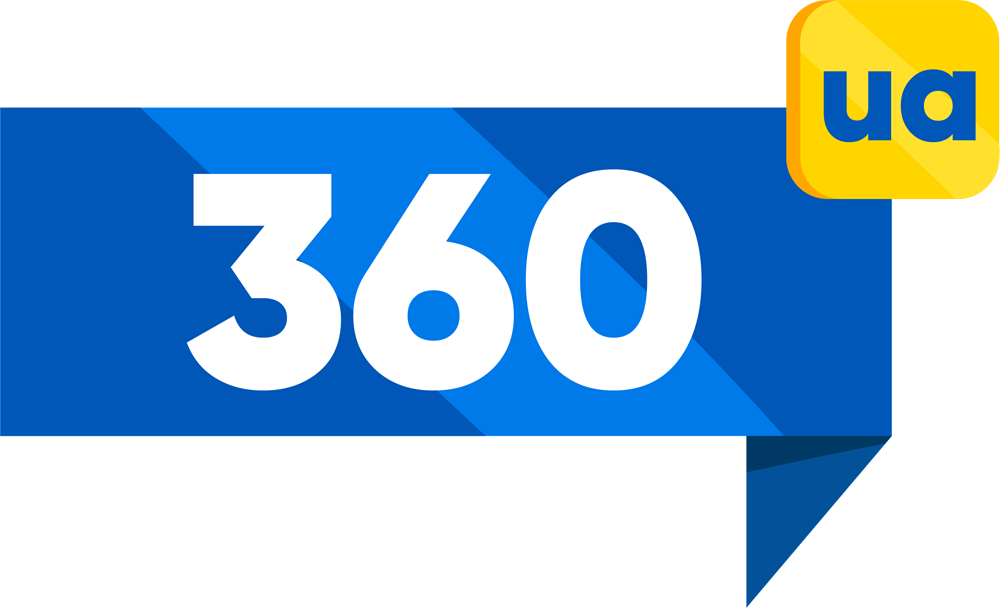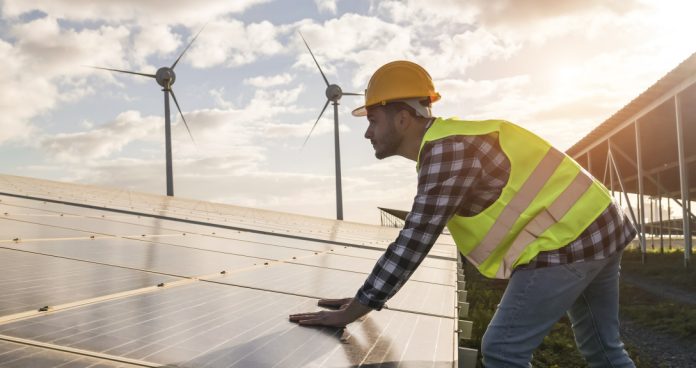With the outbreak of the war in Ukraine, as well as due to frequent power outages, demand for alternative energy sources, including solar panels and wind generators, has increased significantly. However, is there a real benefit from installing them, especially when electricity is no longer such a serious problem? Energy expert Vadim Demchenko shares his vision on the prospects of home solar stations in 2025.
Even with stable power supply, the installation of solar panels and wind generators can have some advantages. In particular, it is: energy consumption, energy production can reduce electricity costs, especially in conditions where electricity tariffs can increase. Energy independence. With your own energy generation, you reduce dependence on government suppliers and get insurance on future shutdowns or accidents. Ecology. Although solar panels and wind generators do not eject carbon dioxide during operation, the issue of their production and disposal remains controversial. The production of panels, in particular in China, is associated with large emissions, and the utilization of old panels does not yet have a proper solution. Another important advantage was the receipt of income from the green tariff - payment for the surplus of energy produced, which was supplied to the total network. In 2025, the green tariff rate for new home stations will be about 5.86 UAH/kWh. However, this benefit has already begun to decline. Due to unstable payments, state delays and tariff reductions, the "green tariff" is not as profitable as earlier. Green tariff payments are already irregular, and the state's debt for these payments exceeds UAH 22 billion. Due to high prices for equipment, risks of damage during the war, as well as uncertainty in payments at the "green tariff", the payback period for home solar stations can increase up to 20-24 years. This is compared to the service life of the stations themselves, which casts doubt on the economic expediency of such investment.
Technical and economic justification for the station of 10 kW: the cost of equipment and installation: $ 12,000 (480 000 UAH). Annual generation: 9,000 kWh (in a realistic scenario). Savings on own consumption: 6 772 UAH/year. Revenue from sales to the network (at the "green tariff") (after delays): 28 489 UAH/year. Service: 14 400 UAH/year. Pure annual benefit: 20 861 UAH/year. Given all the risks, including possible damage to equipment during the war, the payback period is significantly increased. This means that even optimistic forecasts, the solar station will only be economically appropriate in many years.
One of the greatest risks is panel damage due to hostilities such as fragments or other destruction. Replacement or repair can significantly increase costs, which in turn will increase payback period. In addition, it is likely that the "green tariff" will be reduced or completely canceled, which will further complicate the economic benefits of such investments. In many EU countries and the US, the transition to Net Metering schemes (when excess energy is stored in the account and reducing future costs) becomes a major trend. This means that the focus in these countries is not on the sale of excess at high tariffs, but on economy and energy independence.
The installation of solar panels and wind turbines can be profitable to reduce electricity costs and achieve energy independence. However, in the conditions of high prices for equipment, risks of damage and instability of the "green tariff", investments in such systems can be long -term and not as profitable as it seems at first glance. Therefore, it is important to carefully calculate all possible risks and benefits before deciding to establish alternative energy sources.


